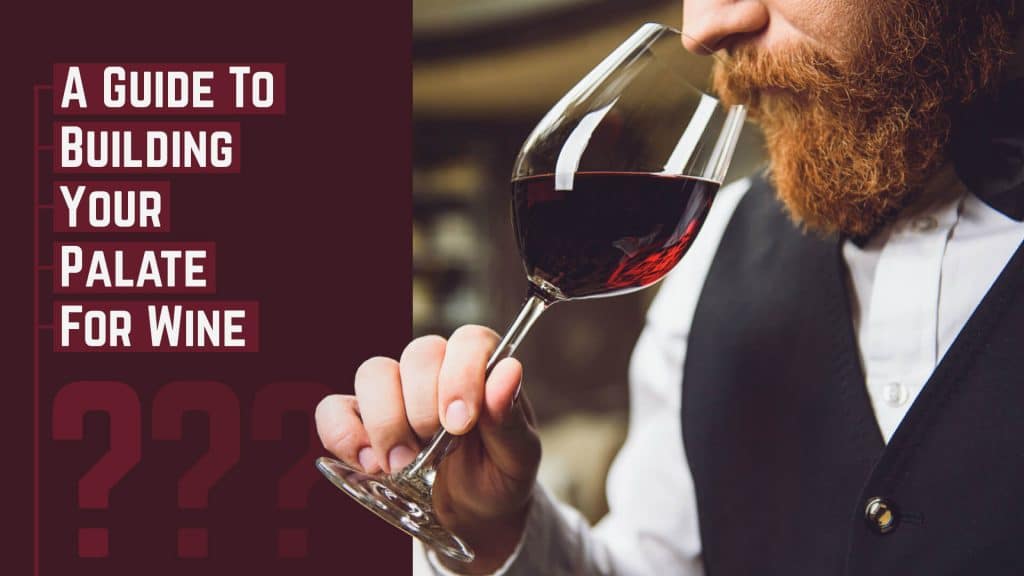Blog
A Simple Guide To Building Your Palate For Wine
For those who are familiar with the human anatomy, a palate refers the roof of your mouth. However, when we are talking about food and wine, your palate defines the aesthetic flavors you taste. Building and having a good palate will definitely enhance your drinking experience.
Have you ever tasted a certain wine and remembered the lingering and distinct taste it harbored? Are you able to describe it?
If yes, then you might have an idea of what we are going to talk about!
Wine training usually requires many hours of tasting and exposure to different types of wine. If you are interested, allow us to share some simple techniques to help you embark on a new journey to building a good wine palate.
Wine Palate – What is It?
Tasting and smelling the full potential of your wine flavor requires all the olfactory senses. Therefore, your wine palate will require a synchronization of your tongue, taste buds, and the top of your mouth.
Do you remember seeing wine experts twirl their glass, smell, and then drink it? That is because your nose is often the most important sensor to enhance your palate.
Therefore, you need to harness the full potential of these senses and a wine palate is simply the ability to use these senses and identify and describe the different characteristics and tastes of the wines.
Now that you know what a wine palate is, you can move on to the techniques to build it!
Enhancing and Building Your Wine Palate
The first step towards building your wine palate is to buy good quality wine. And, how do you do that? You can determine the quality of your wine by looking at the wine labels!
What else do you need while tasting wine? The perfect wine glass will also ensure you get a sophisticated experience for the type of wine you are tasting.
Ready for more? Now, pour a glass and follow these techniques below.
Become a Sloth – Slowly Indulge in the Wine
Wine is not a vodka shot (even though some drink it like one ). It needs to be cradled and slowly tasted.
Slowing down your drinking process will help you understand every nuance of the drink as you taste it. Establishing a routine for tasting wine will build your wine palate quicker over time.
Admire the Wine – Look, Smell, and Taste
The three rules of wine appreciation are looking, smelling, and then tasting.
As mentioned, the smell is an important aspect in the initial perception of a wine, but before looking at the wine is equally important. Notice the colours, the transparency or opacity of the wine and give it a good swirl, sometimes you will start to see that there are “wine legs” starting to form.
Next, smell the wine and start to think, what do these smells remind you of? If you have ever seen someone closing their eyes and trying to isolate the flavors, this is a common practice to alleviate your senses and you can try it too. When you take note of the aromas, think in terms of broad categories before being more specific.
Are they fruity? If it is, does it smell more like a citrus fruit or a tropical fruit? Perhaps you smell bananas, cherries, strawberries etc?
Finally, taste the wine and allow your tongue to detect the sourness and bitterness / sweetness of the wine and its perceived texture. Texture is simply the mouthfeel or how the wine feels in your mouth. You might have heard of terms such as soft, smooth, silky being used on grape varieties such as Pinot Noir, Merlot and Cabernet Sauvignon.
Building your palate for wine requires patience, so don’t worry if if you do not get it during the first few tastings, good things are worth the wait!

